When it comes to what to see in Kragujevac Serbia, one often thinks of the Šumarice memorial park. Still, the city is so much more! That is why I am bringing you a different perspective of this former capital of Serbia, full of Art Nouveau buildings where one can learn about the 19th-century bourgeois lifestyle but also about the artist who sculptured Nikola Tesla’s monument to be placed in New York. You can try to make traditional pies yourself, to taste some domestic wine, or liqueur made – by nuns.
FROM BELGRADE: about 140 km
FROM NIŠ: about 152 km
It’s possible to take the highway to Batočina with only 25 km left towards Kragujevac, or to drive via Mladenovac and Topola. Both routes will take about an hour and a half to two hours to get to the bustle of this vibrant town.

KRAGUJEVAC SERBIA
The name of the town is firstly mentioned in 1476’s Turkish document that is kept in the Istanbul Archives. During the long Ottoman rule, Kragujevac was taken by Austrians twice. Ottomans finally left the city after the Second Serbian Uprising in 1815.
Still, the most important year was 1818 when on May 6 the ruler Miloš Obrenović declared Kragujevac a Serbian capital. This made the town develop quickly turning it into an industrial center of the country.
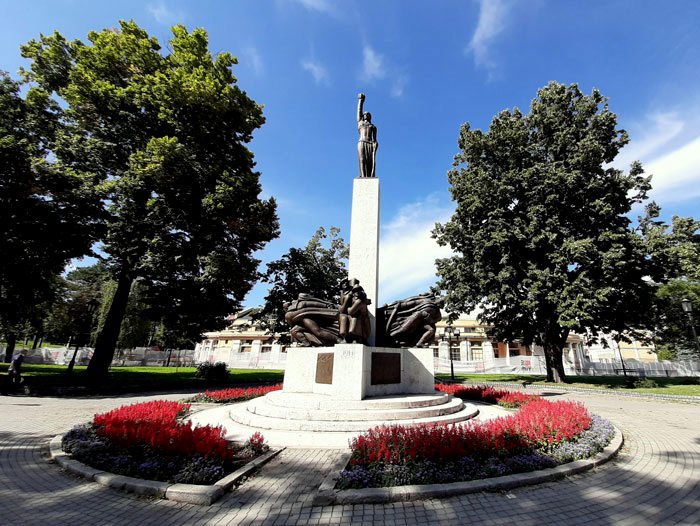
So, let’s start from the beginning. At least that is how Mrs. Mara Radovanović, the tourist guide, and I strolled around. The first on the list of what to see in Kragujevac should be the complex “Milošev venac” that includes buildings from the time when the city was the capital. There are many important 19th-century houses to see that adorn the town’s center today.
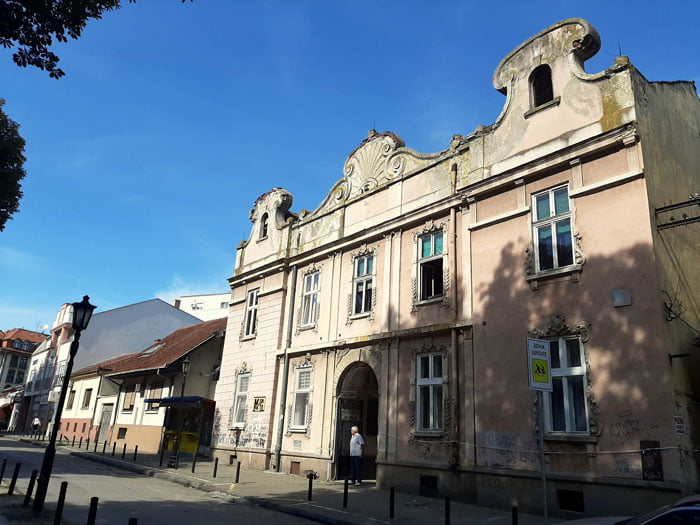
KRAGUJEVAC OLD CHURCH
The church is the endowment of Miloš Obrenović who erected it in 1818 when the capital was established. Serbian Assembly sessions were held next to the church until 1859 when the separate building was provided. So, this is where about 2,000 parliament members gathered in 1835, along with another 10,000 curious citizens who came from all over the country, to vote for the First Serbian Constitution.
The bell-tower was designed by Jovan Ilkić, the same architect who created the National Assembly building in Belgrade.
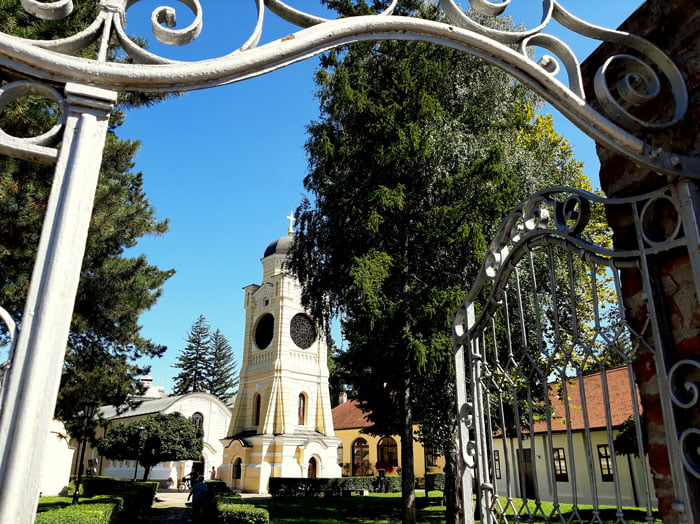
One just can’t be indifferent when seeing all this. You are stepping onto the same path Miloš Obrenović took numerous times. The church still houses his chair with a Serbian coat of arms and a small Ottoman turban engraved.

The church courtyard is home to another important building – the first Serbian Assembly built in 1859. It is not open to the public and it doesn’t look that appealing. Never the less, this is where the Assembly sessions continued to take place even though the capital was moved to Belgrade in 1841. Due to one of those sessions in 1878, Jovan Ristić who was a great Serbian diplomat born in Kragujevac, read the Berlin Congress statement complementing Serbia as an independent country for the first time.
This city has witnessed some great events related to Serbian history.
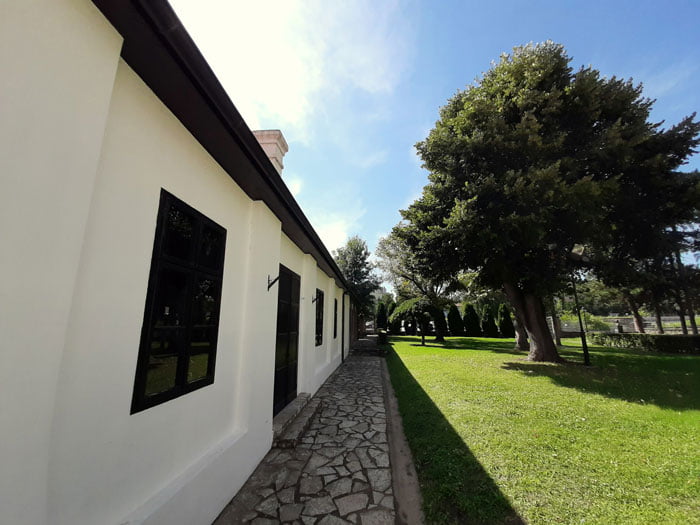
AMIDŽA KONAK
The Amidža Konak is the only preserved building from Miloš’s court complex, being part of the Kragujevac National Museum today. This was Sima Milosavljević – Paštrmac’s house, who was called amidža (uncle in Turkish) and was one of Miloš’s most trusted nobleman. The Konak was also known as the Boy’s House since members of his personal guard were stationed here.
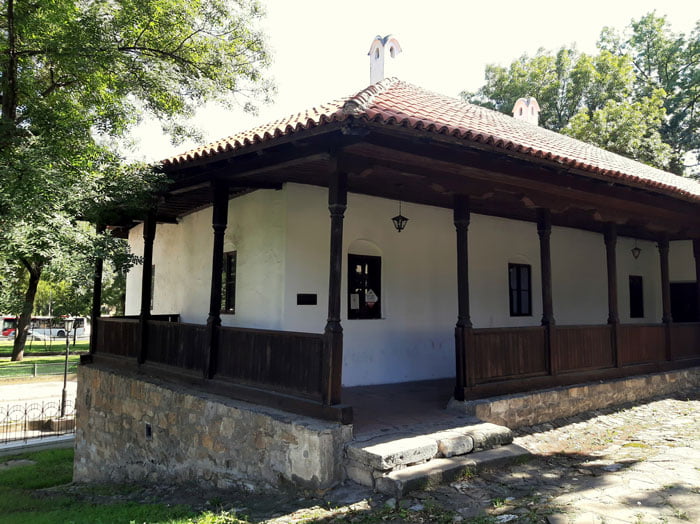
The Konak is interesting because it gives you a chance to imagine what other parts of the court looked like, such as the Miloš’s Konak that was destroyed during WWII bombing, or the Ljubica’s (Šareni) Konak that burnt in a fire.
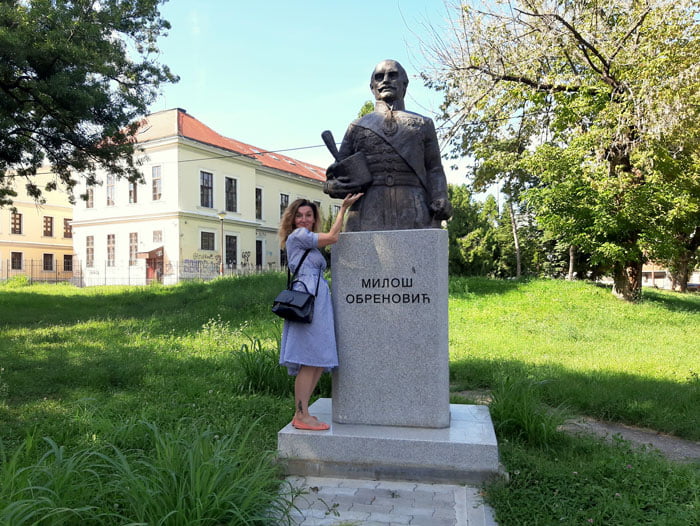
We strolled around after the museum’s closing hours, so we didn’t get the chance to come inside. Still, we passed by the prince Mihailo’s Konak who was the only Obrenović who was born in Kragujevac. His house resembles the Austrian architecture in style, unlike the Amidža Konak that is typically Turkish.
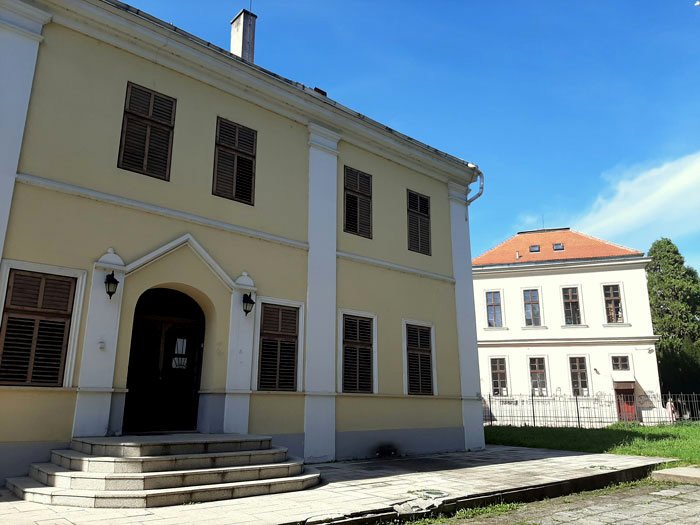
Miloš Obrenović encouraged his noblemen to build houses in a wider area, and so Paštrmac was also among those who lived a bit further from the court. This house is now private property but it can be seen from the street.
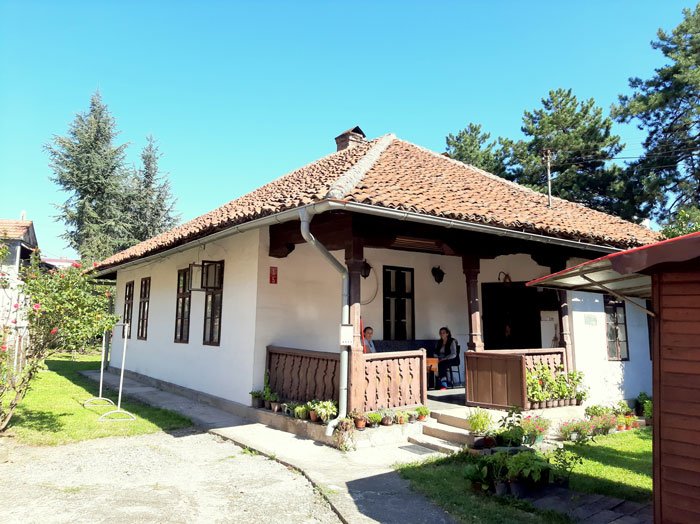
Never the less, if you are curious about how these 19th-century houses were furnished, there is also the Prota’s House within the National Museum to be visited. Miloje Barjaktarević was a Serbian archpriest (prota) who gravitated towards the left political wing. He welcomed Svetozar Marković, an influential political activist and philosopher who lived here for a while. Even though the house is built in the Balkan-Oriental style, the interior shows that Serbian citizens in the mid-19th century began to adopt the European way of life.
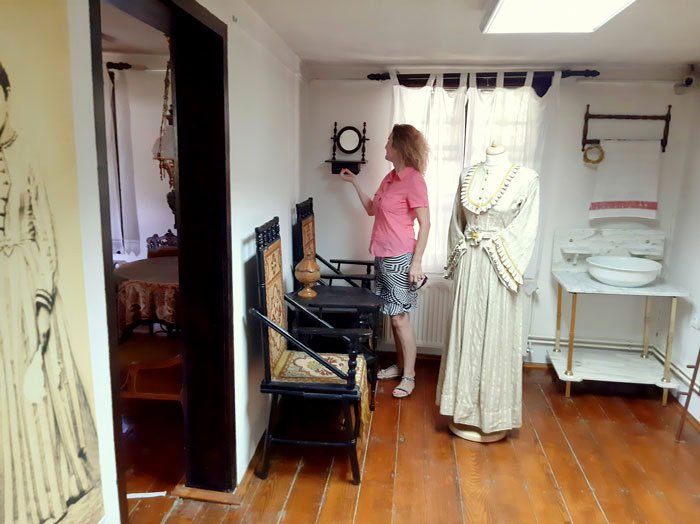
Fashion magazines were delivered twice a month and ladies wore dresses according to the latest trends. The authentic pieces of furniture can be seen at Prota’s House such as the old stove, kitchen utensils, etc. but also dishes that were used by Marković.
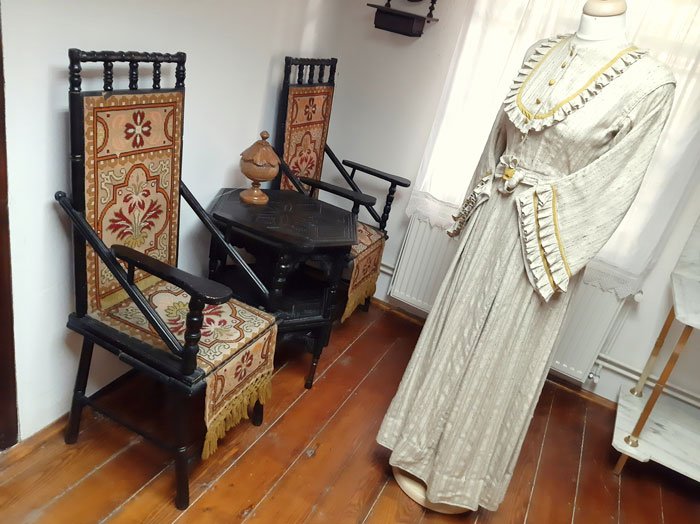
OLD FOUNDRY
The Old Foundry Museum occupies the former Gun Foundry building dating from 1882, and it belongs to the Zastava Arms factory. This is the oldest preserved part of the arms factory, the first of its kind in Serbia. It was probably designed by a factory engineer who studied in Germany. The museum fund holds over 5,500 pieces.

They say that the first Arsenal was founded in Kragujevac in 1836 that served as a small arms repair facility that soon grew into a factory. The Gun Foundry was later built at the same spot. This is where the famous Bushing Plant can still be seen, where the first light-bulb in Serbia was used.
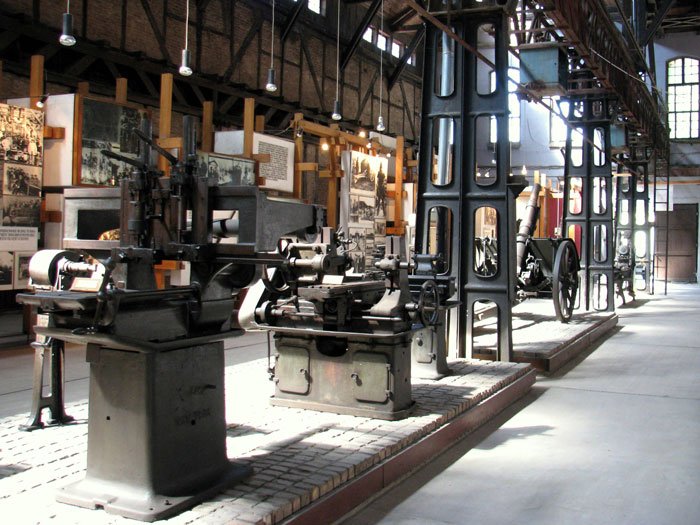
The area around these buildings is often used as a movie set while there is also the music festival called the Arsenal Fest that takes place here every June. You will then pass by the Military Technical Institute building erected in 1928 according to Belgian designs. This is the Administration Building. The clock is still operational.
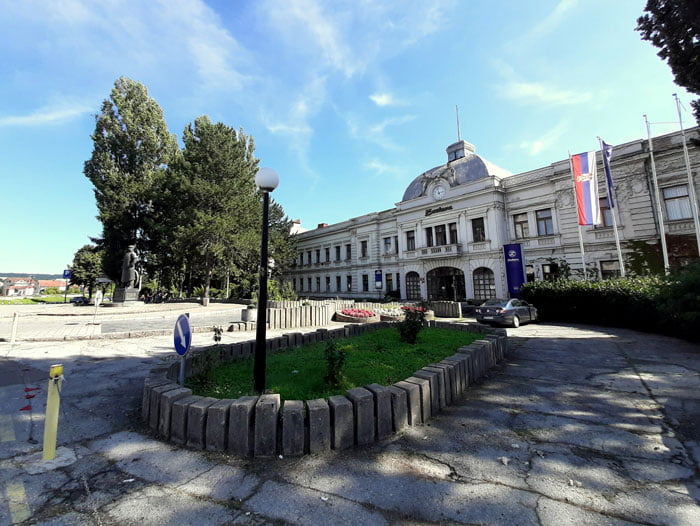
Right next to this building, there is a reinforced-concrete bridge, one of the two first ones that were built in Serbia, in 1923 and 1924. The bridge goes over Lepenica river which was navigable in Miloš Obrenović time.
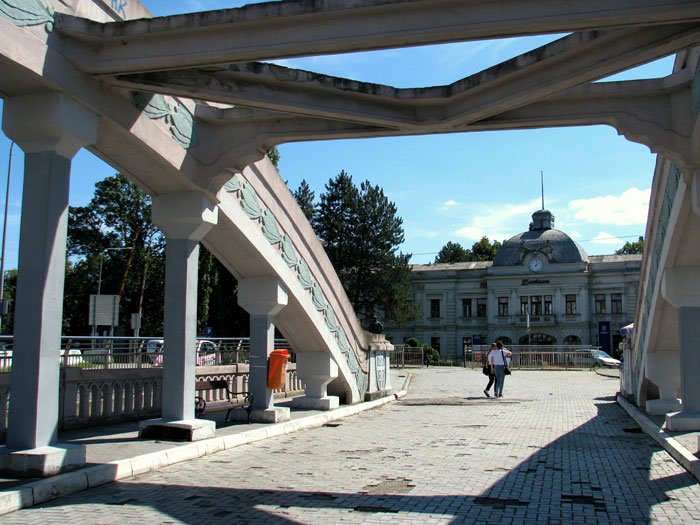
KRAGUJEVAC GRAMMAR SCHOOL
The first high school in Serbia was founded in 1833 only to be moved to this building in 1887 when it was erected. Many renowned persons were students here such as Radomir Putnik or Jovan Ristić, while the famous painter and poet Đura Jakšić lectured for a while.
A lot of students and professors were taken from here by Germans on October 21, 1941, and shot. One of the premises is turned into the Memorial Classroom.
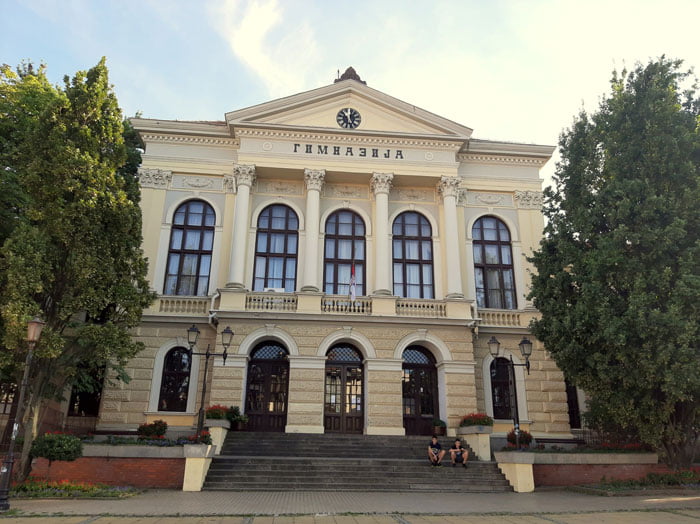
It’s easy to see that the Grammar School is extremely important for the city, you just can’t miss it. While Mrs. Mara tells me about it, I can almost picture students from some other centuries sitting on the school stairs as these youngsters did.
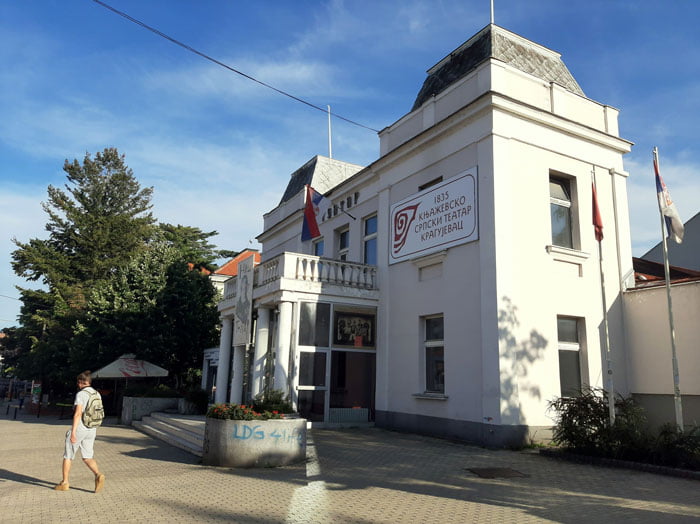
Not far from this building there is another important 19th-century house – the theater. Serbia got its autonomy with the right to have its own cultural and educational objects by the Ottoman edicts in 1830 and 1833. Since Kragujevac was already a capital housing the Obrenović’s court, this is where the first newspapers „Novine Serbske“ were published, edited by the politician and publicist Dimitrije Davidović, the first high school was open, the first theater „Knjaževsko-srbski teatar“, the orchestra „Knjaževsko-srbska banda“ lead by the renowned composer Jožef Šlezinger, the museum, library, the first court of justice, pharmacy, etc.
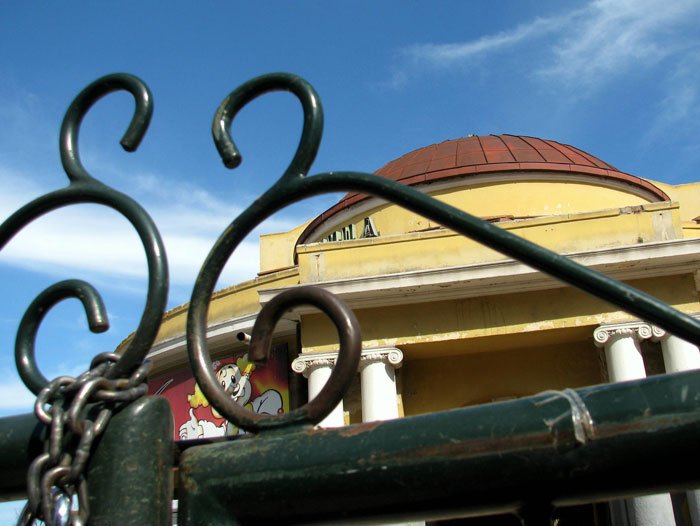
There are also a few more buildings that should be on what to see in Kragujevac list, namely Tržnica (market) that is under restoration since it was the first covered market in Europe. At the very center stands the Regent’s House built in 1887 that was used by the regent Aleksandar Karađorđević in 1914 and 1915.
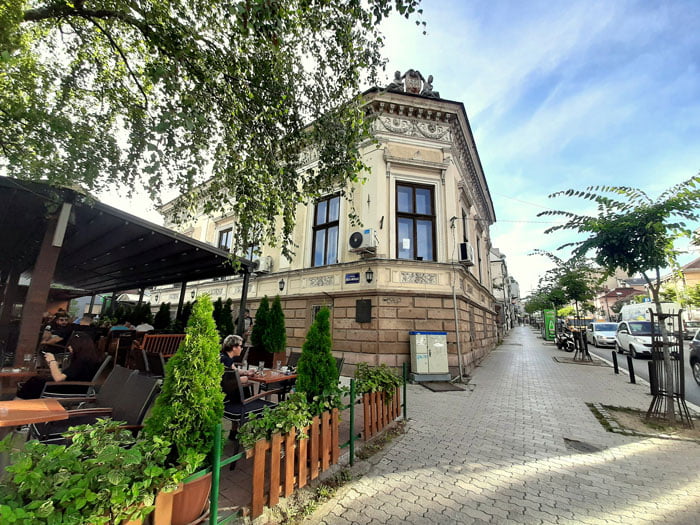
The house of the Court of Justice doesn’t fall behind compared to other architectural highlights of the city. It occupies the 1904-building with the monument of Radomir Putnik in front since this is where the Serbian army supreme command was placed during WWI.
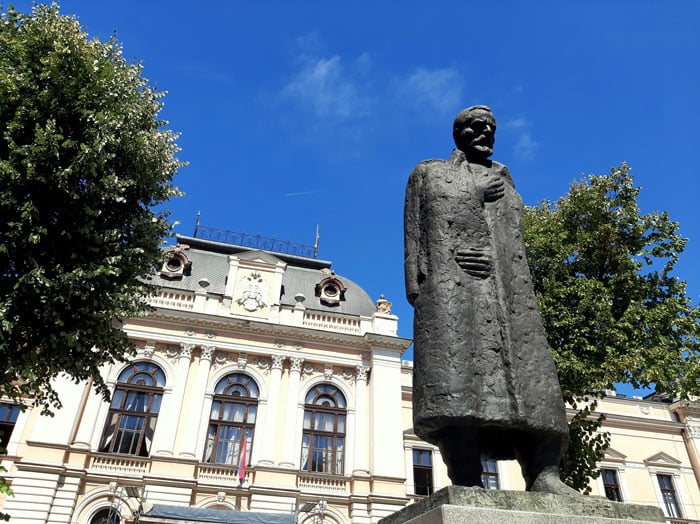
Pay attention when passing by the Cathedral Church, art nouveau buildings in the pedestrian street, but also by “Zelengora” Hotel and ‘kafana’ (traditional restaurant in Serbian) “Balkan”. This hotel is one of the oldest in Serbia dating from 1884. On the other hand, “Balkan” will welcome you with typical kafana musicians who were playing songs by the famous rock group “Smak”.
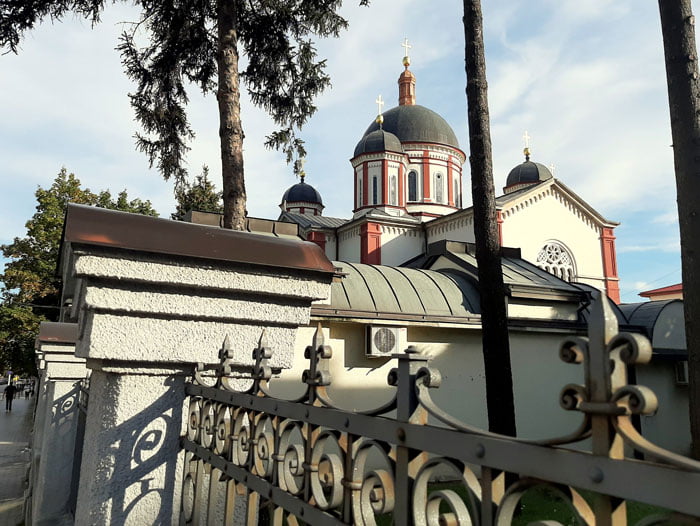
Not that unusual having in mind that “Smak” also originated from this city, says Bojan Pavlović, City Tourist Organization of Kragujevac director.
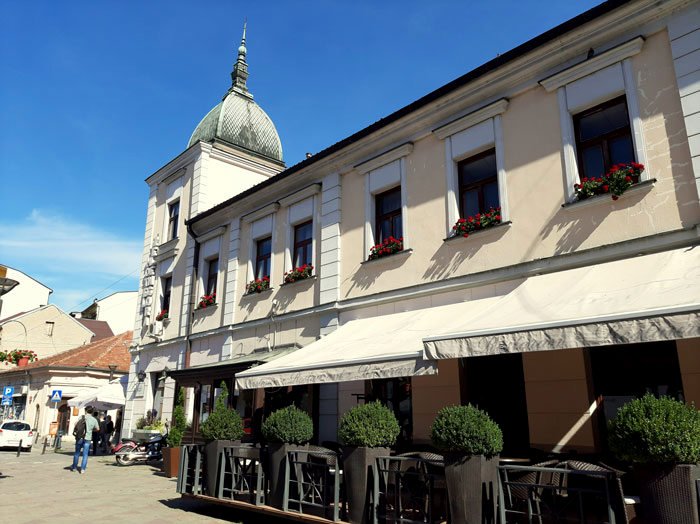
NIKOLA KOKA JANKOVIĆ LEGACY
The authentic architectural space houses the legacy museum in memory of the Kragujevac sculptor, a renowned artist worldwide who left his work to the city. It is home to more than 1,700 pieces while the exhibition displays 75.
Nikola Janković was a Belgrade University professor and a member of the Serbian Academy of Sciences and Arts.
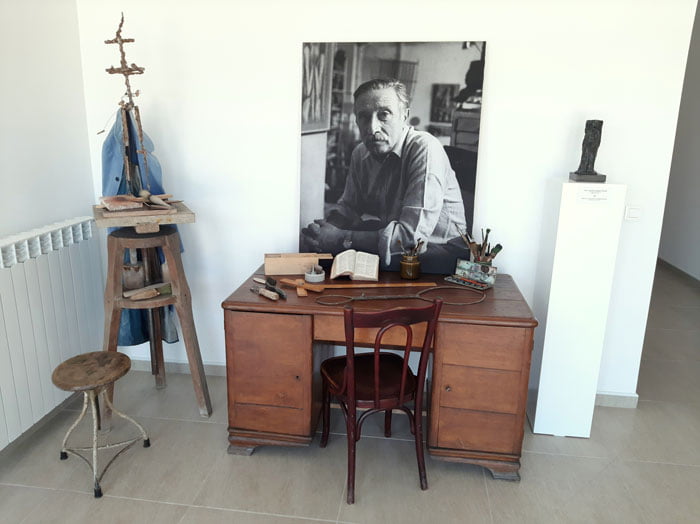
Besides pieces in bronze, you will find a lot of plaster molds for sculptures deployed all over the city (like the one of Radomir Putnik), but also Janković’s early work. While our host, an art historian Vladimir Marković takes us through the Legacy exhibition, I couldn’t help but notice the Nikola Tesla monument, the same one I saw in front of the first power-plant built in Serbia in Užice according to Tesla’s designs. This sculpture also stands in Kruševac, Belgrade, and New York.
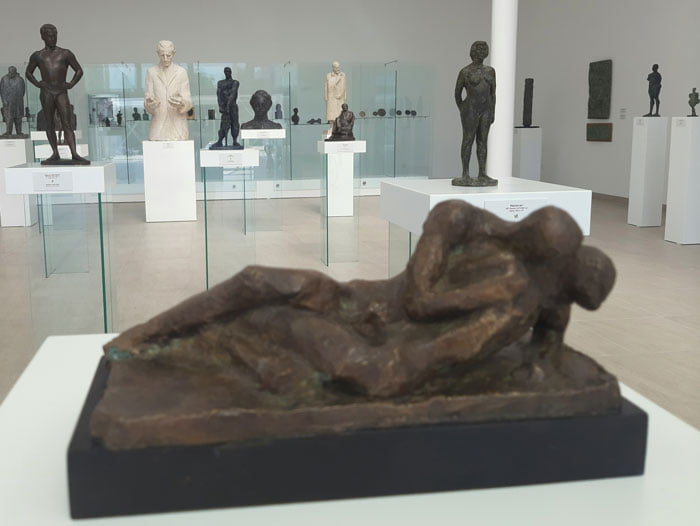
Take some time to visit Đura Jakšić’s House as well. This great Serbian painter and poet worked for a while in Kragujevac, and this is where he lived. The house is now turned into an exhibition area while the cellar is home to the so-called Wine-Rakija Hub where one can taste drinks from the area.
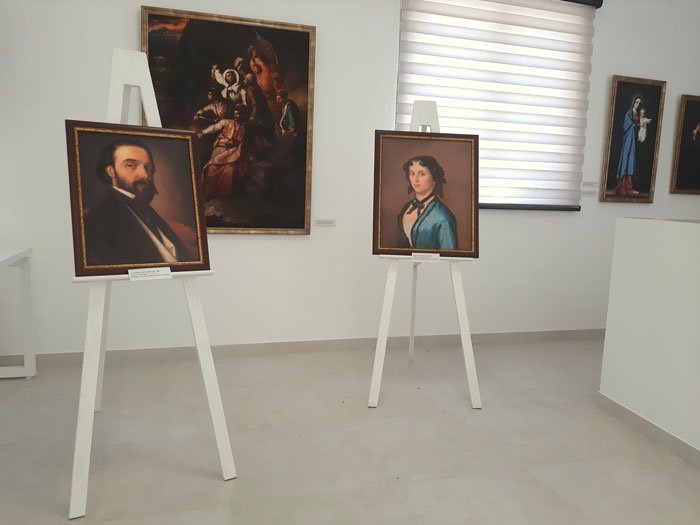
VOLJAVČA MONASTERY
On the slopes of Rudnik mountain, not far from Stragari village, there lies this monastery. The church is built at the beginning of the 15th century. Voljavča is also important since this is where the first Serbian government session took place in 1805 which was presided over by Matija Nenadović. One can see the memorial room dedicated to the event.
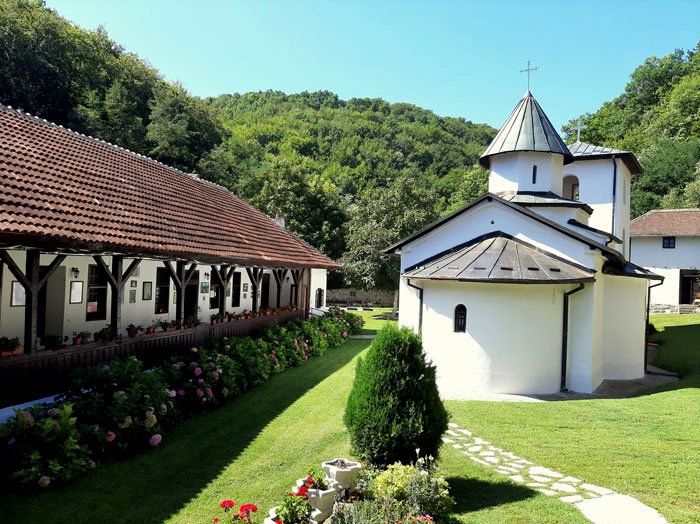
They tell me how Nenadović appealed to the First Uprising (1804) leader Karađorđe because he sent his officials to some “godforsaken place”. It turned out that Karađorđe wanted it to be remote, not easily approachable to the Ottomans. The road to Voljavča was not built until 1925. One of the nuns took us around, inviting us to rest and try their homemade liquor.
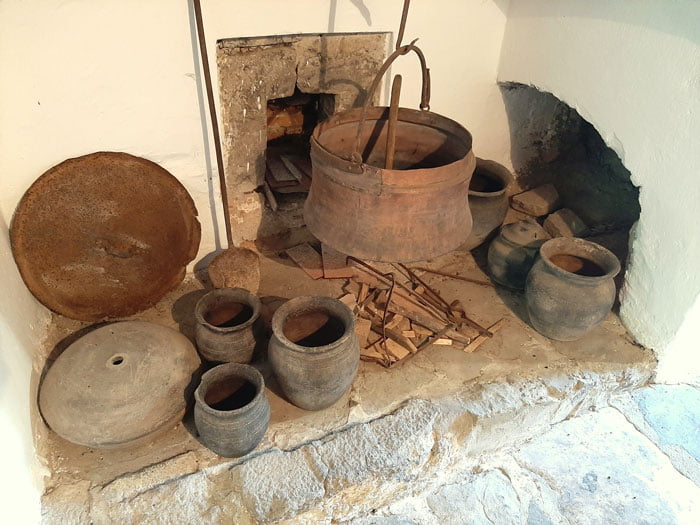
Another monastery should be visited if you happen to go around Donja Sabanta village. Lipar monastery is dedicated to St George. It is also related to a couple of Đura Jakšić’s poems.
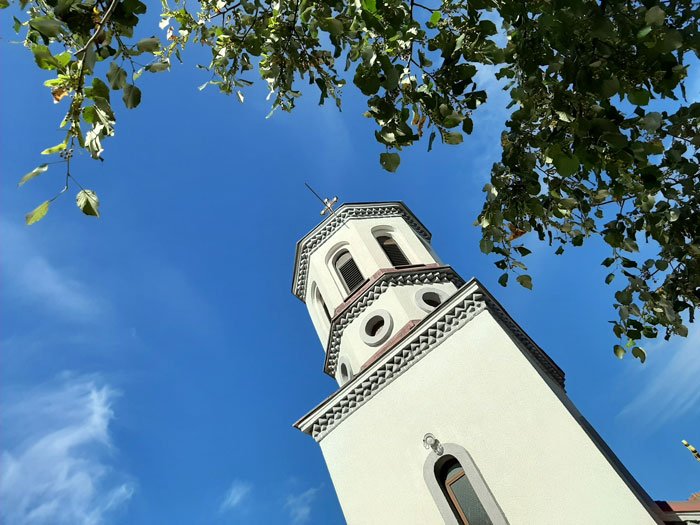
MEMORIAL PARK “OCTOBER IN KRAGUJEVAC”
At the very entrance of the Memorial Park, the “October 21” Museum is situated, designed so that it doesn’t have any doors or windows to show the tragedy and hopelessness of unarmed citizens in front of the German guns. The museum houses documents related to the 1941 massacre when German soldiers shot almost 3,000 people, including children, as part of the retaliation for their losses – 10 soldiers were killed and 26 wounded in a battle. German general Franz Bohme ordered the execution of 100 people for every German soldier who died.
The Memorial Park covers the area of 352 hectares and includes 32 massive graves.
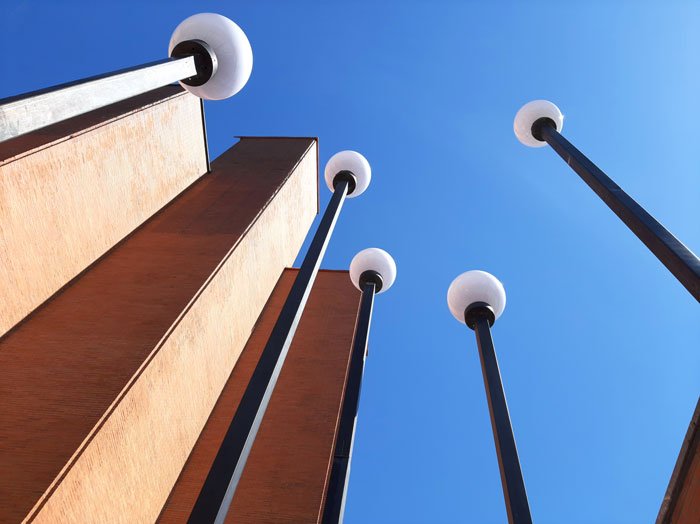
The Memorial Park October in Kragujevac, also known as Šumarice park has to be on what to see in Kragujevac list. This shouldn’t be missed especially since this was such a tragic event for the city.
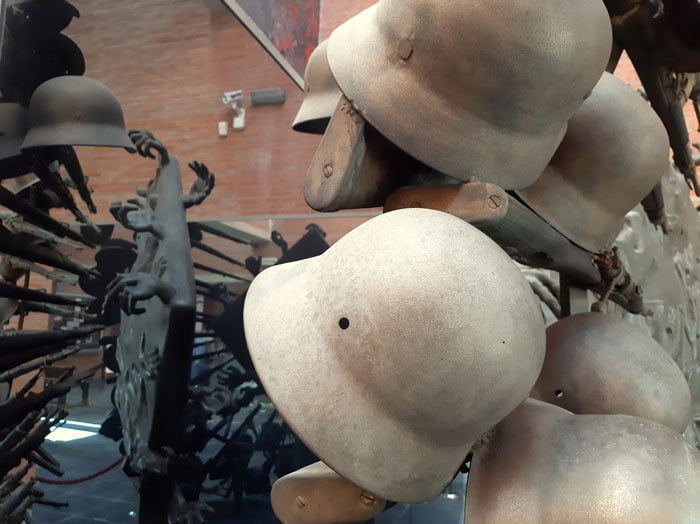
Stop by the popular “V/3” monument representing the class of school children massacred here, or the one called “Kameni spavač” (Stone Sleeper).
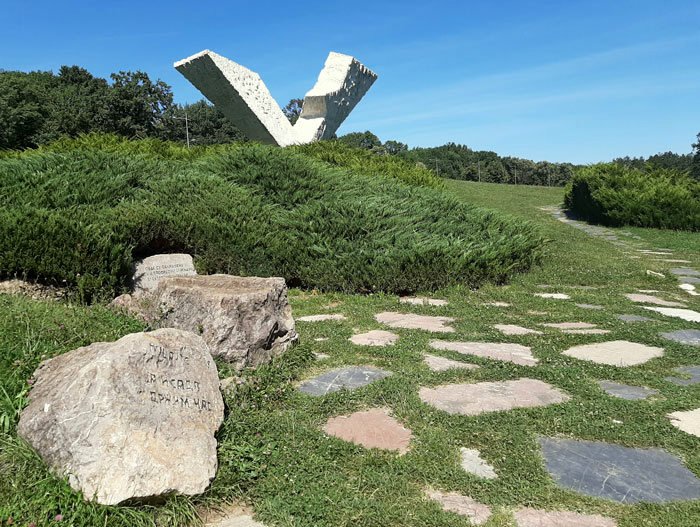
Šumarice is also the name of the nearby lake where people come to swim during summer days, to have a coffee in one of the restaurants, or to have fun at the Adventure Park.
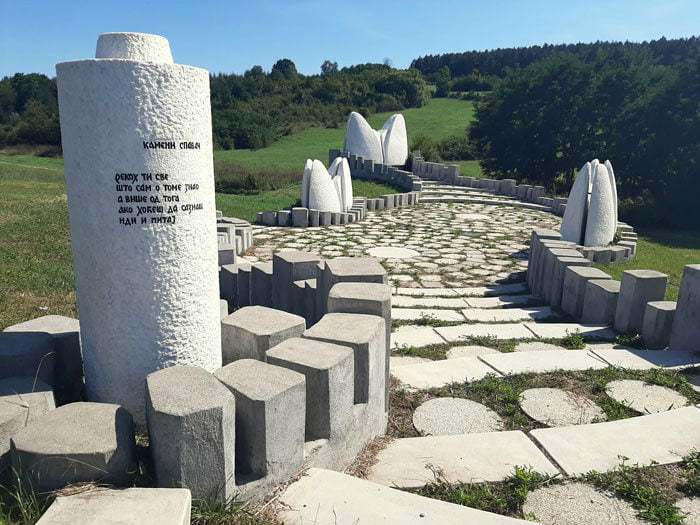
CICIĆ’S WATERMILL
When going to Voljavča, you can turn towards the Cicić’s mill. Even though we came after breakfast, our host Miroslav didn’t want to hear no for an answer. He explained that the watermill is in his family “ever since the great-great-great-grandfather of his great-great-great-grandfather bought it”.
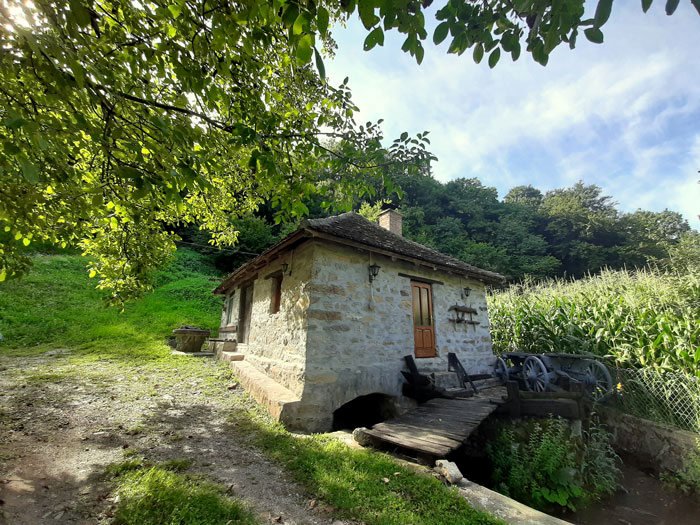
Cicić grains wheat, buckwheat, rye, but only his corn flour can be found in local stores. Others can be bought here directly.
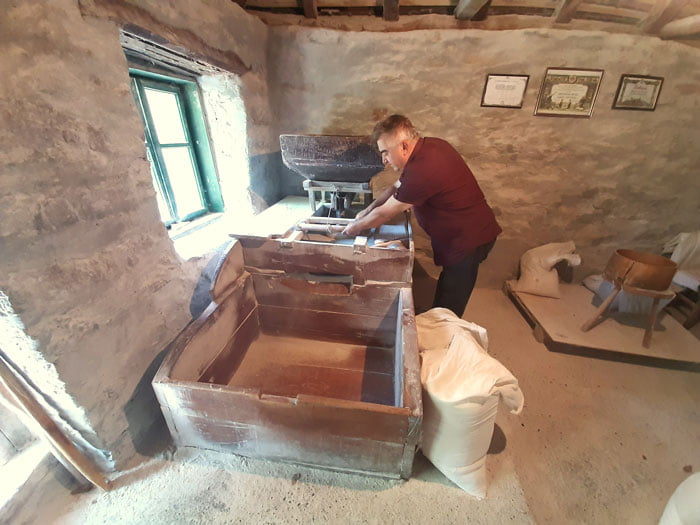
Our traditional bun with kajmak was truly delicious, baked with three kinds of flour, although a bit heavy on a hot day.
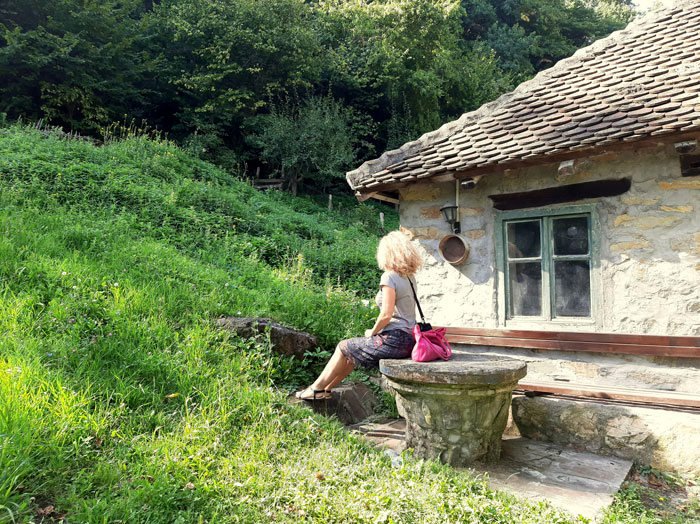
KOČIN KONAK
Kragujevac is an urban area, but if you are attracted to rural tourism, this can also be organized. A visit to the “Kočin konak” (Koča’s House) in Gornja Sabanta can be arranged, about 12 km from the city. It offers not only accommodation and domestic fresh products but also an authentic small area with traditional tools.
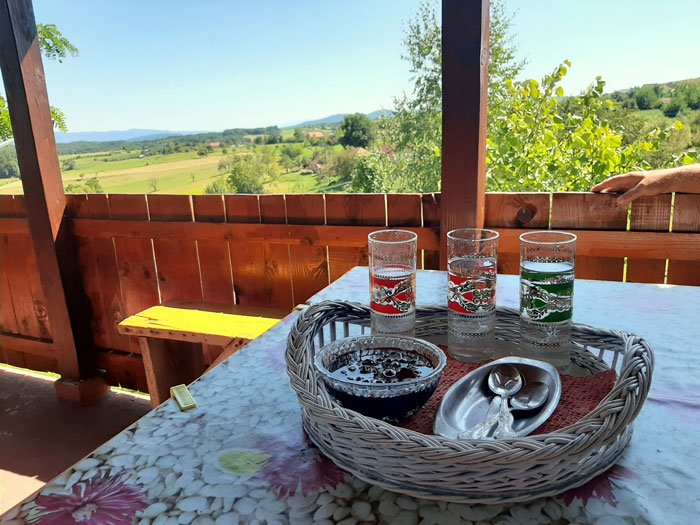
This is where Mrs. Milanka dressed in traditional clothes, who is a friend of the owners, offered to show us how to make a homemade pie crust. (Of course, we had to try it afterward!)
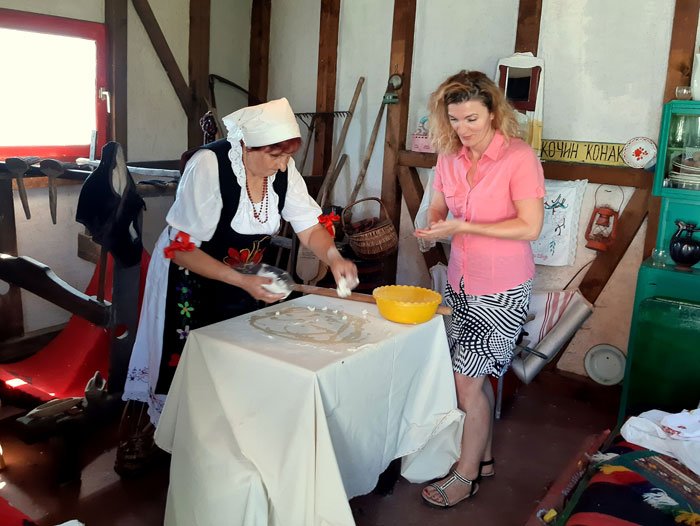
When it comes to home craft products, I should mention Suzana Gorjanac, whom I met in the city and who started to weave 15 years ago. Her scarves and capes are frequently exhibited in the country and abroad, and she was recently rewarded for the best women weaved hat in Belgrade.
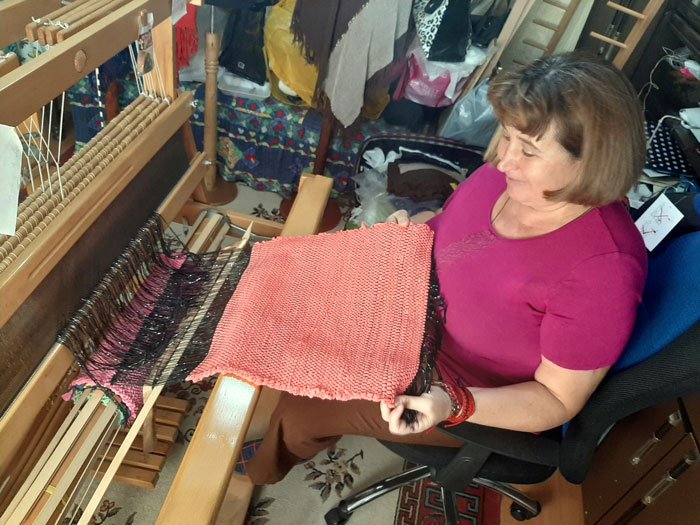
“STARI HRAST” WINE CELLAR
When I heard that Šumadija region in Serbia resembles Italian Tuscany the most, I wasn’t that convinced. At least not until I have seen the “Stari hrast” Wine Cellar (‘stari hrast’ meaning the old oak tree in Serbian). The winery is not hard to find and you will be welcomed by the owners Zoran and Slavica who are always happy to chat with visitors.
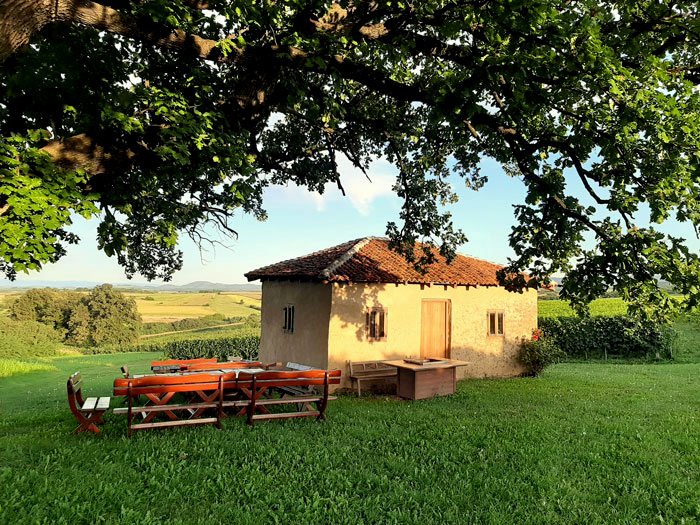
It so happened that during our visit, a group of young people from Bosnia came to see the vineyard. They liked the landscape: a house called ‘trla’ stands next to the centennial oak tree, right next to the vineyard. The tree is 24 to 27 meters tall and it was always referred to as a sacred one.
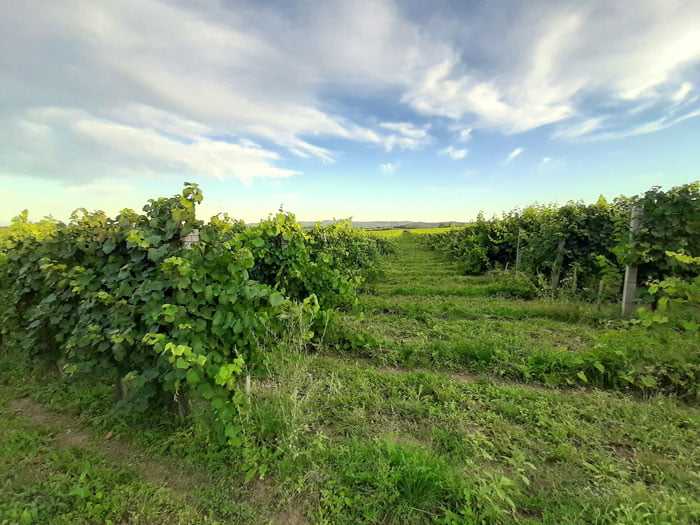
“Stari hrast” has 10 hectares of vineyards and 15 of orchards, and the best place to taste their wine and rakija is right here, next to the oak tree.

And one more thing for our what to see in Kragujevac list. If they tell you to stop by the local pastry shop L’Amour, make sure to do it. Their ice-cream is delicious!
Next from the section: WEST SERBIA ATTRACTIONS
The full Weekend In Serbia section
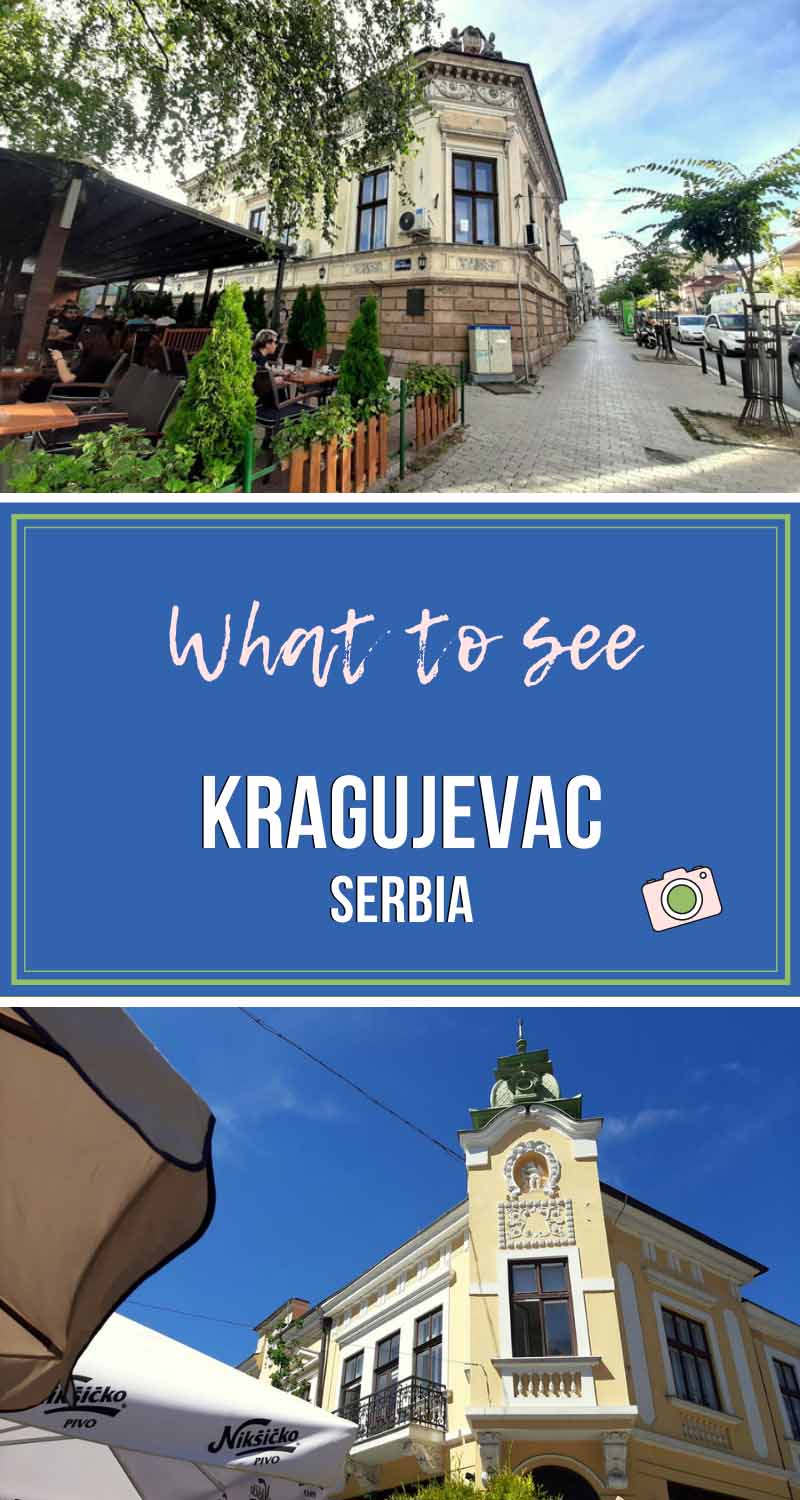
Download PDF guide to your phone:
KRAGUJEVAC THE OLD CAPITAL OF SERBIA
- Lots of beautiful photos
Learn about the city’s lovely landmarks


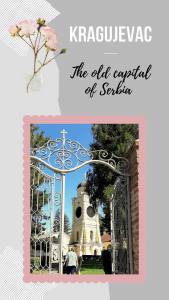
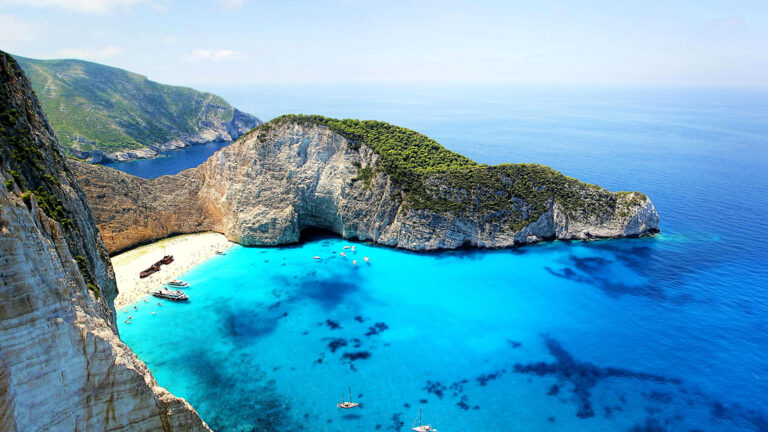
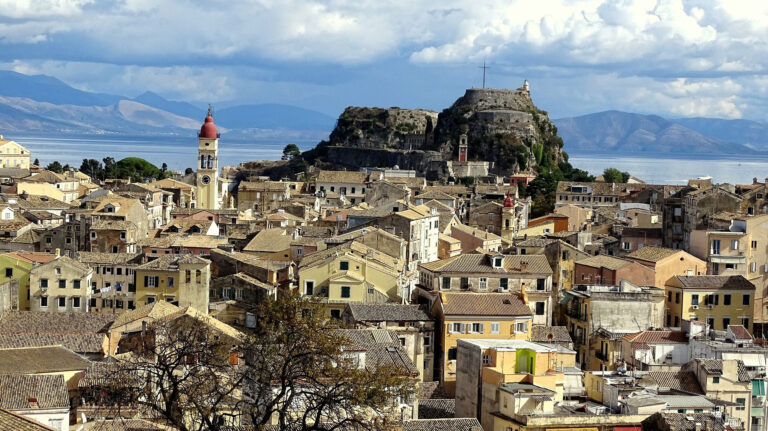
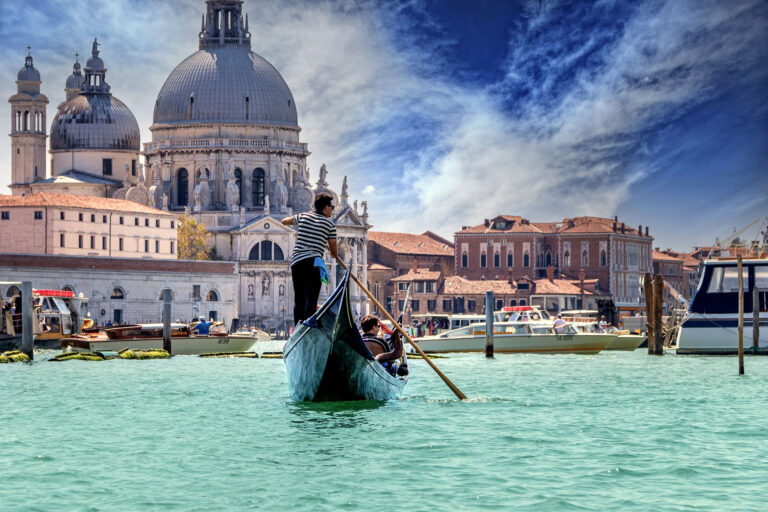
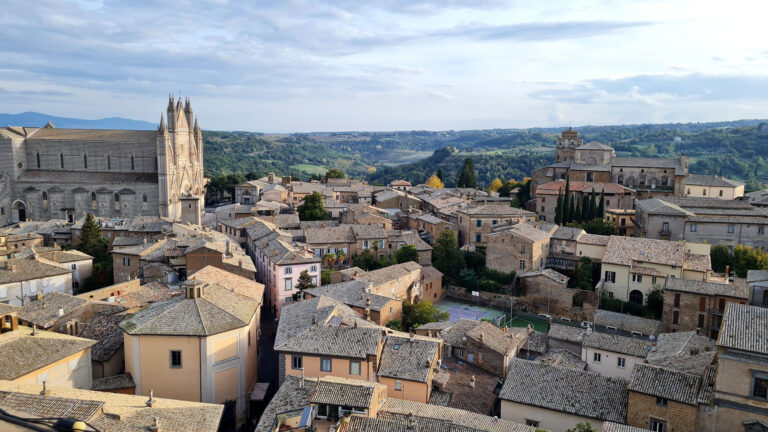
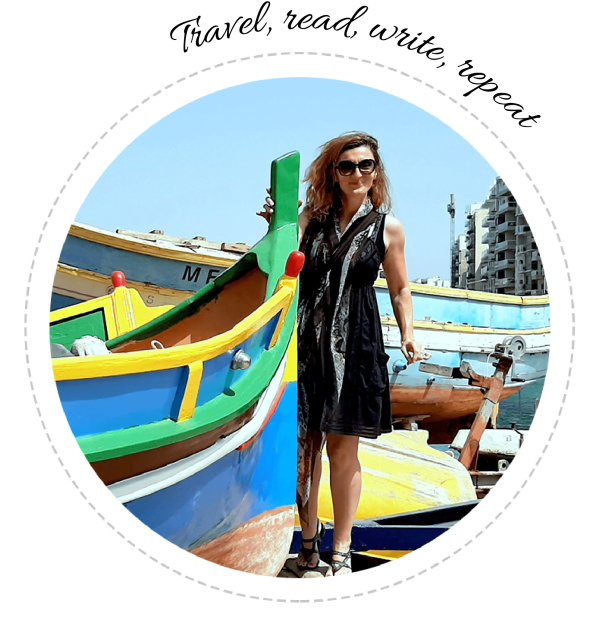



14 responses
Love how you describe all the historical places. You truly enjoy the journey and it shows. Believe me, that’s easy to spot when reading travel posts. ???? Kragujevac seems like a charming city to visit. ❤️
It really is charming, so important for Serbian history in general.
Thank you so much, it means a lot! 🙂
Thanks for this glimpse into the neighborhood! It reminds me on the fact that nearby locales, once we give them a chance, can be as exotic to explore as the faraway places of the world.
This Coronavirus situation urged me to explore my own country a bit more. And I still get surprised sometimes. 🙂
It’s so true that we tend to travel abroad to some distant lands forgetting our own treasures in the process that are so close and available. Thanks! <3
The history, culture, and traditions of KRAGUJEVAC are very interesting. I learned so much about the history of Serbia from your article. The stories about the victims of Nazis are heart wrenching. However, the fact that the nuns make a delicious wine made me smile. What a paradox! I loved the countryside, especially the watermill, Koča’s House, the vinery, and the hosts of these amazing places. Thank you for sharing your amazing experience!
I am so glad that you find the place interesting because that means that I managed to deliver the genuine experience. 🙂
Yes, Kragujevac is very important historically for Serbia but was also struck by some tragic misfortunes during its time, especially during WWII. The whole story is heartbreaking.
Also, it’s not that rare that liquers, herbal tea, etc., are made at Serbian monasteries. Nuns will often welcome you to sit and rest at the monastery complex, offering you coffee and some of their products to try. It’s almost a custom to accept and have a pleasant chat over a glass or a homemade cake. Serbian people in general are well known for their hospitality.
Thank you for stopping by! <3
I had no real idea of what to expect from Serbia, but you have done a great job introducing me to it. This looks like a lovely way to get an introduction. It is random that nuns make liquor. What did it taste like?
I was offered a herbal one and the one made of forest berries. I tried the herbal liqueur, it was sweet with a strong scent of mint. A nice drink, I have to admit, wouldn’t mind having a glass or two on some other occasion. 😀
Kragujevac looks lovely! So much to see and do and some great photos you took here 🙂 Thank you for sharing!
Thank you, so glad you like the photos. Some of those buildings were just stunning, even the photos didn’t do them justice. 🙂
What an excellent post! I feel like I was there. Thanks for sharing, now this is on my travel bucket list.
Oh, that sure is a compliment if you felt that way about the place because of my words. 🙂
Thank you! <3
Serbia really has some beautiful countryside. Maybe I missed it as I read, but what part of Serbia is this in?
This is the central part of the country. The main attraction here is the city itself with so many landmarks. But yes, Serbia is abundant in beautiful natural surroundings. 🙂